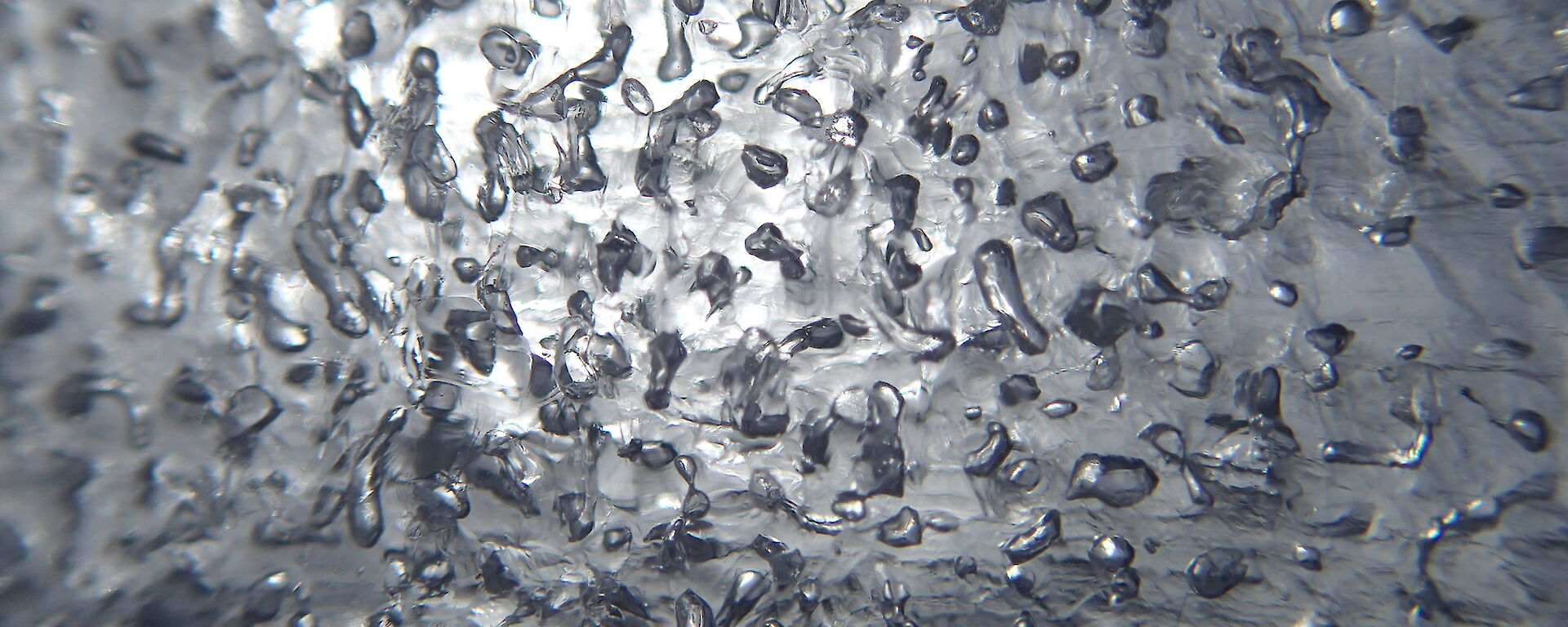This summer a world-first international mission will build a temporary lab on the Antarctic ice sheet to reveal how much a natural ‘atmospheric detergent’ cleans the air of harmful trace gases.
Although the majority of greenhouse gas emissions is carbon dioxide, there are more than 40 other gases that contribute to climate change and depletion of the ozone layer.
The Law Dome Hydroxyl project, led by CSIRO atmospheric scientist Dr David Etheridge and Dr Vas Petrenko from the University of Rochester in the USA, seeks to understand the natural processes that remove these ‘other’ climate change gases from the atmosphere.
“Hydroxyl (OH) is a naturally occurring, highly reactive molecule that plays an important role in the atmosphere as a ‘natural air purifier’, by destroying greenhouse gases like methane and industrial chemicals that deplete ozone,” said Dr Etheridge.
“But we don’t understand how much has been removed by hydroxyl, which is fundamental to be able to predict the levels of gases that affect climate and the ozone layer into the future.”
“Knowing how hydroxyl varies in the atmosphere, and the role it plays, is the key to solving those mysteries.”
Researchers will drill ice cores to depths of 250 metres to measure pre-industrial atmospheric levels of hydroxyl, which has never been done before.
To do this, the team will traverse more than a hundred kilometres from Australia’s Casey research station to Law Dome and set up a laboratory on the ice sheet for three months.
“Law Dome is the best place on the planet to get old air for this project, because its enormous rate of snowfall traps air quickly and preserves it at depth for centuries,” said Dr Etheridge.
However, the project is a massive challenge because of the tiny amounts of material that the researchers need to sample and analyse.
“Melting hundreds of kilograms of ice will yield about 30 litres of air, but each air sample will yield just a handful of the molecules we want to detect and measure.”
“The concentrations we’re looking for are so miniscule it’s like trying to find a few particular grains of sand amongst the trillions on a beach,” Dr Etheridge said.
This season more than 500 expeditioners will travel south with the Australian Antarctic Program to Casey, Davis and Mawson stations and sub-Antarctic Macquarie Island.
Australia’s Wilkins Aerodrome will be closed for three months to undertake engineering works on the 3.5 kilometre blue ice runway near Casey.
Across at Davis research station, a team will undertake some further environmental investigations of the proposed paved runway.
The Law Dome expedition is a US-Australian collaborative project involving glaciologists and atmospheric scientists from CSIRO, the Australian Nuclear Science Technology Organisation (ANSTO), the University of Rochester, Scripps Institution of Oceanography, the US National Science Foundation, and AAD.


